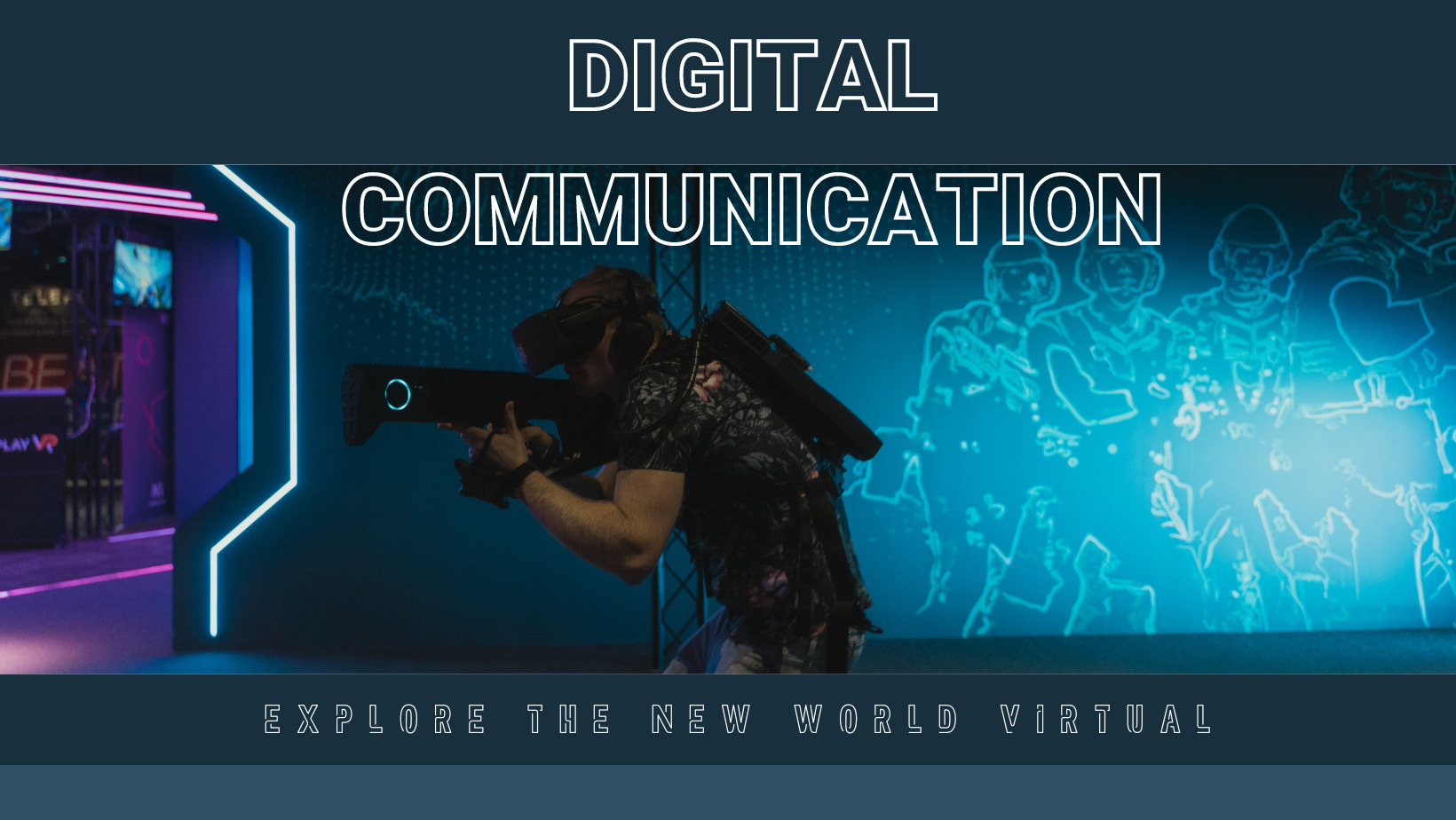Communication is the act of exchanging information, thoughts, or ideas through speaking, writing or using some other medium. It is a process that involves a sender, a message, and a recipient, and it can be verbal (using words) or nonverbal (using body language, gestures, or other means). Effective communication requires that the sender and the recipient both understand the message and are able to convey and interpret it accurately.
Types of communication
There are many different types of communication. Here are a few examples:
- Verbal communication: This type of communication involves the use of words, either spoken or written, to convey a message. It can be face-to-face, over the phone, or through other forms of media, such as radio or television.
- Nonverbal communication: This type of communication involves the use of body language, gestures, facial expressions, and other forms of nonverbal cues to convey a message. Nonverbal communication can be very powerful and can sometimes convey more meaning than words themselves.
- Written communication: This type of communication involves the use of written language to convey a message. It can take the form of a letter, an email, a text message, or any other written form.
- Visual communication: This type of communication involves the use of visual elements, such as images, charts, and diagrams, to convey a message. It can be very effective in conveying complex information or ideas.
- Interpersonal communication: This type of communication involves the exchange of information and ideas between two or more people in a face-to-face setting. It can be formal or informal, and it can take many different forms, such as conversation, discussion, or debate.
Different forms of communication
There are many different forms of communication, including:
- Face-to-face communication: This is the most common form of communication, and it involves people speaking to each other directly, either in person or through video conferencing.
- Telephone communication: This form of communication involves the use of phones to transmit voices over long distances. It can be either a landline or mobile.
- Email communication: This form of communication involves the exchange of electronic messages over the internet. It is a quick and convenient way to communicate with others, and it allows for the easy sharing of information and documents.
- Postal communication: This form of communication involves the sending of physical letters or packages through the mail. It is slower than other forms of communication, but it can be a good way to send important documents or items that need to be delivered in person.
- Social media communication: This form of communication involves the use of online platforms, such as Facebook, Twitter, and Instagram, to connect with others and share information. It is a popular way to stay in touch with friends and family, and it has become an important tool for businesses to reach their customers.
importance of digital communication in business
Digital communication is important in business for a number of reasons. Here are a few:
- Speed: Digital communication allows for the rapid exchange of information and ideas. This is especially important in business, where time can be a critical factor in decision-making and success.
- Convenience: Digital communication allows people to connect and communicate with each other regardless of location. This can make it easier for businesses to collaborate and work with clients and partners around the world.
- Cost-effectiveness: Digital communication is often more cost-effective than other forms of communication, such as phone calls or snail mail. It can also be more environmentally friendly, as it reduces the need for paper and other physical materials.
- Increased productivity: Digital communication tools, such as email and project management software, can help businesses streamline their operations and increase productivity.
- Wider reach: Digital communication allows businesses to reach a wider audience through the use of social media, email marketing, and other online channels. This can be especially important for small businesses looking to expand their customer base.

